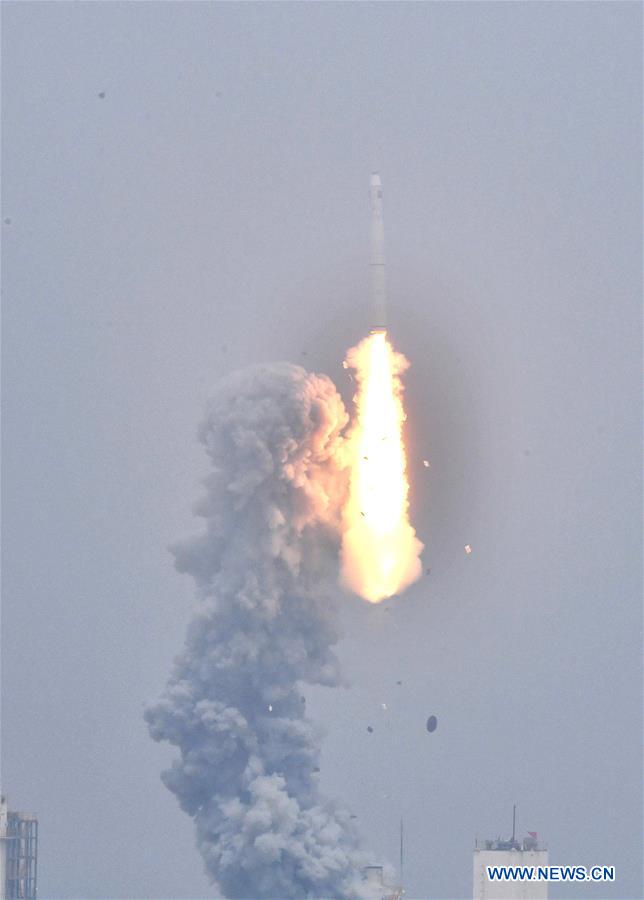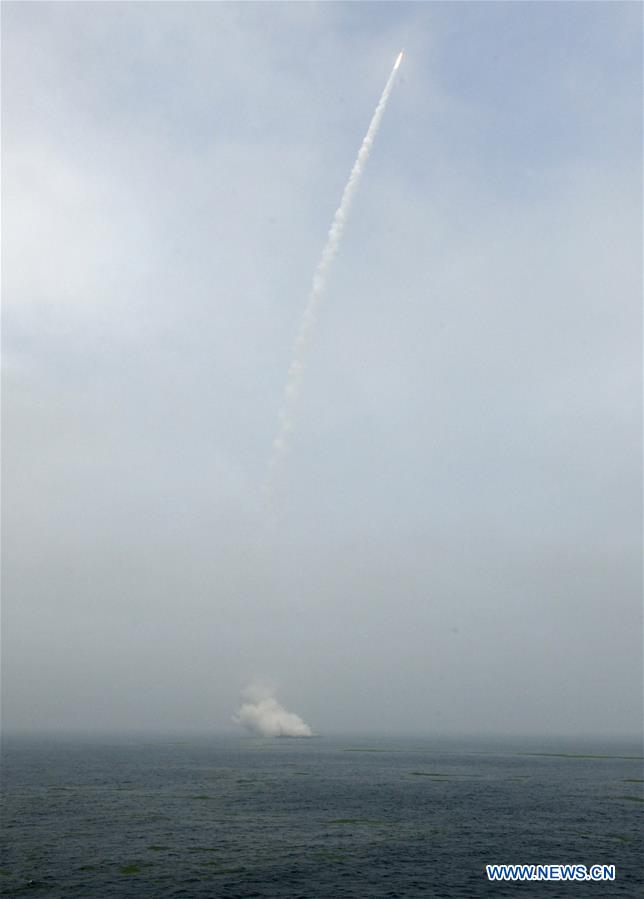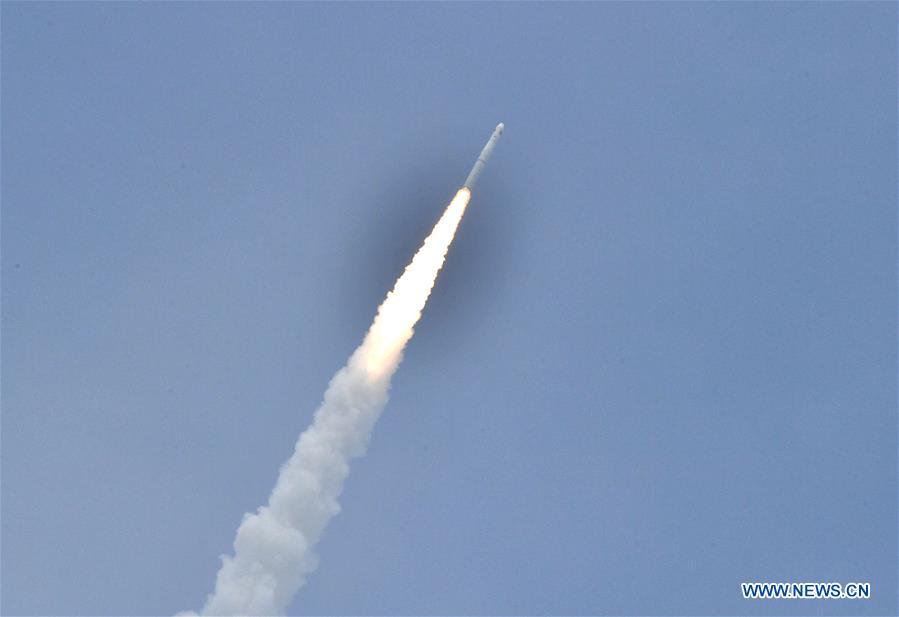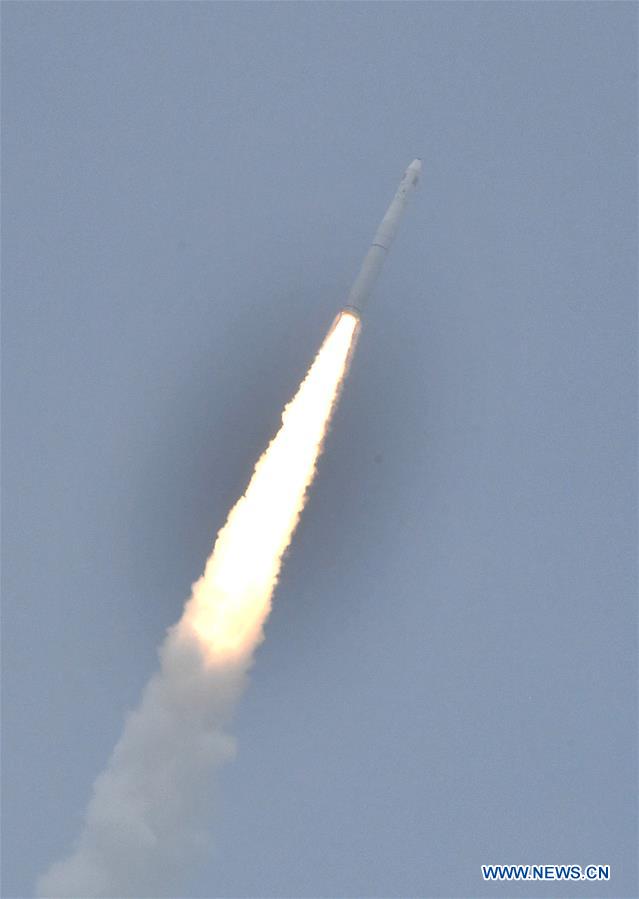On June 5th, China completed its first ever offshore space rocket launch.
China's first seaborne space launch.! China launched a Long March-11 carrier rocket around 12:00 Beijing time on Wednesday in the Yellow Sea. (CCTV) pic.twitter.com/NtTVp74Ucs
— 東南傳媒 Southeast Media (@media_southeast) June 5, 2019
China successfully launched a Long March-11 solid propellant carrier rocket was launched from a mobile launch platform in the Yellow Sea off east China’s Shangdong Province.
It sent two technology experiment satellites and five commercial satellites into space.
https://youtu.be/YOqBk0ccej8
The rocket is named “CZ-11 WEY” under an agreement between the China Academy of Launch Vehicle Technology, China Space Foundation and a Chinese automobile producer.
The 20.8 meters-long carrier rocket Long Mach-11, has a lift-off weight of 58 tons and is capable of delivering up to 350 kg cargo. It made its first flight in 2015 and, since then, it has been launched five more times from the Jiuquan Satellite Launch Center in northwestern China.
Launching a rocket from an ocean-based platform rather than land has several advantages over a land-based launch.
The closer to the equator a space launch takes place, the greater the speed boost it will receive. That means the launch needs less energy, meaning less fuel usage. The launch site is flexible and can move, and a possible malfunction that causes the space rocket to fall it wouldn’t endanger civilian areas.
Furthermore, by using civilian ships to launch space rockets would reduce launch costs and give them a commercial edge.
According to experts cited by Xinhua, the seaborne launch technology will be used to meet growing launch demand of low inclination satellites and help China provide launch services to countries taking part in its Belt and Road Initiative.
“The two satellites, developed by China Academy of Space Technology, are expected to step up all-weather monitoring of ocean wind fields and improve typhoon monitoring and accuracy of the weather forecast in China.
Among the five commercial satellites, the two satellites, developed by China Electronics Technology Group Corporation, are China’s first small satellite system based on Ka-band.”
The Long Mach-11, developed by China Academy of Launch Vehicle Technology, is the only China’s only rocket that uses solid fuel among its new generation carrier rockets.
Currently it is mainly used to carry small satellites to space, and it can take multiple satellites to orbit at the same time.
It is not impossible that it can also be weaponized in the future.
Overall, the first sea-based space rocket launch took place in 2014, when a Russian-Ukrainian Zenit-3SL space rocket took off from a floating launch pad in the Pacific Ocean.
That flight was operated by Sea Launch, a multinational project founded by companies from Norway, Russia, Ukraine and the United States. Since its establishment in the late 1990s, the joint venture conducted over 30 seaborne launches. No launches have been carried out over the last 5 years mostly due to the tensions between Kiev and Moscow.
MORE ON THE TOPIC:











